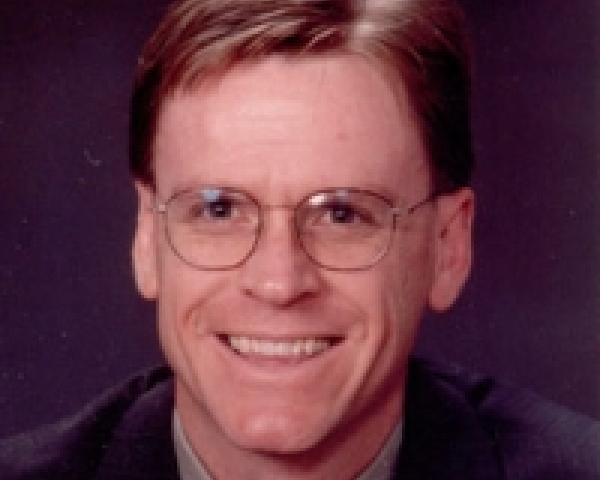On Nov. 20, 2018, Insurance Journal reported an article suggesting auto insurance premiums will decrease by $25 billion by 2025. To put that in perspective, that is approximately 5% of all U.S. P&C premiums. Think you've seen a soft market before? Just wait.
The article continued to state that new coverage lines will more than make up the difference, according to the report author, Accenture. It proposed that businesses in particular will buy $81 billion more in other lines. This means woe for the personal lines carriers and agents who have achieved far more personal lines premium growth in the last 10 years than commercial (an average annual rate increase of approximately 3.3% vs. -.1%, 2005-2017, inclusive).
The authors argue that driverless cars will make the roads safer but increase the need for product liability. I am not sure about this because it has been reported that some manufacturers are planning to forego product liability insurance on their driverless cars. Maybe they had a change of mind or the authors are providing insights missing from press releases the Securities and Exchange Commission might want to review. Or maybe the manufacturers' contracts will place all liability on their vendors or others (like the owners who do not read their software agreements).
The authors suggest consumers, companies and governments will quickly buy much more cyber coverage. They probably do need to quickly buy more, but, with as many as 3,000 cyber forms floating around in the U.S. alone (according to a recent Rand Corp. study), what cyber is actually being purchased? The Rand study is important to understanding future cyber purchases because, as it suggests, some of the forms may not be intended to pay claims, some companies' actuarial models may be shots in the dark and clearly some companies' forms indicate they really do not know what they are doing (at least this is my impression of Rand Corp.'s conclusion). These are big issues that put into doubt what the cyber insurance market really even is, and what happens with the inevitable shakeout? If some companies do not really know what they are insuring (reading some companies' forms suggest they really do not know what they are insuring) and are taking shots in the dark on pricing (and reserving maybe?), there may be a problem of stronger and smarter companies not achieving adequate market share until the shakeout occurs.
See also: Cybersecurity for the Insurance Industry
Add to this confusion the fact that explaining cyber insurance, and explaining exactly what the different cyber forms are insuring, is very difficult. Agents need to try doing this to understand that increased cyber sales are not magically going to happen. Beware the agent who pretends that all cyber forms are the same or that, just because an insured has purchased a cyber policy, they now have "cyber" coverage. The insured may think it has much broader coverage than the carrier interprets (which will be interesting for those companies less sure of what they are even insuring; see the Mondelez v. Zurich suit for a great example). Also, after asking dozens and dozens of agents what they are even insuring when they sell a cyber policy, I'm often met with blank stares or statements that they do not understand cyber so they don't sell cyber.
Product liability sales may increase. Product liability has been one of the most volatile major lines of P&C insurance over the last 20-plus years, so any prediction specific to this line seems problematic. Since 1996, NPW specific to product liability per A.M. Best (author's calculation) has only increased 35%. Private passenger auto has increased 106%. In the last 10 years, NPW has actually declined 11%. I am not suggesting these results are rational, because the combined ratio for product liability is an abysmal 129% over the last 10 years. Its worst combined ratio was 159% in 2011, and its best was 84% in 2006. The volatility is absurd and does not really correlate well with NPW growth. This combination of volatility and lack of charging more premium for really horrible combined ratios makes predicting this line's future problematic.
I hope experts' predictions are correct regarding other lines taking up the slack. Even if correct, though, personal lines agents and personal lines carriers are going to suffer if they do not begin writing commercial. Small commercial will be hurt, too, because small commercial will lose the auto, clients seem reluctant to buy quality cyber coverage and they do not usually need product liability.
The winners, if the study's authors' predictions are correct, will be carriers and agents/brokers writing large, complex commercial accounts.
If the authors are wrong about companies and consumers purchasing a lot more insurance but of a different line, then the entire industry suffers mightily.
Another article in the same edition published a report from Minnesota’s Department of Labor that the state's workplace injury and illness rate decreased in 2017 to its lowest rate since the state first began measuring it. I suspect Minnesota's results are similar to other states. The significant advances in safety and the reduced need for employees to work in more dangerous environments relative to total employment support the probability that workplaces should be safer than ever, even in a booming economy. The workplace will become even safer, with more modular construction, better safety devices and monitoring and continuing emphasis on safety. A safer environment means less rate in this line, too.
See also: Leveraging AI in Commercial Insurance
Maybe the industry needs to offer more law school scholarships to future plaintiff attorneys to take up the slack. Otherwise, most signs point strongly to the devaluation of insurance. Insurance is more important in a risky world than a safer world.
Maybe insurance companies will get desperate and begin insuring previously unthinkable, uninsurable perils and fill the gap that way. Whatever happens, though, insurance sales are going to change significantly. The industry is at an inflection point for carriers and distributors both. This is not a point of despair, but it is a time that requires true strategic thinking and planning to identify the opportunities that exist and to plan for those opportunities, without getting too far ahead and losing what one already has. This is hard work. It requires quite a balance, which is why dedicated strategic planning is truly required.
You can find the article originally published here.

